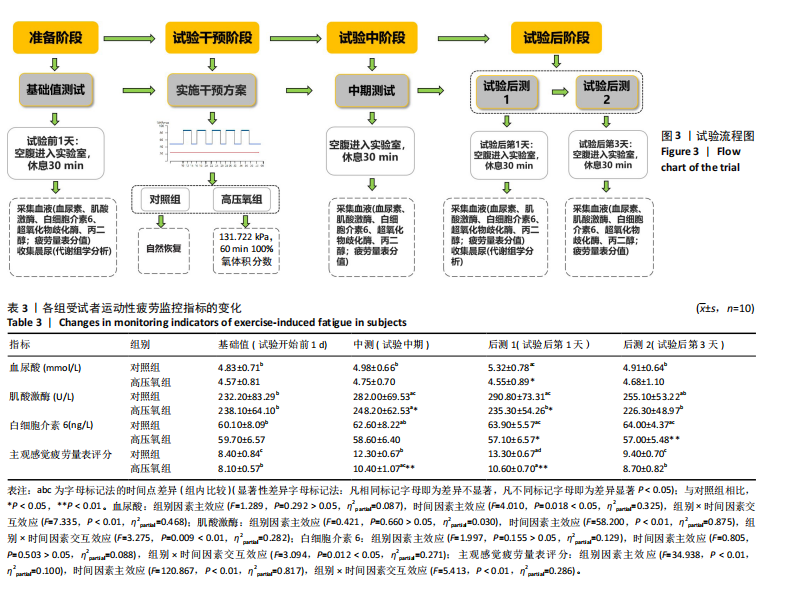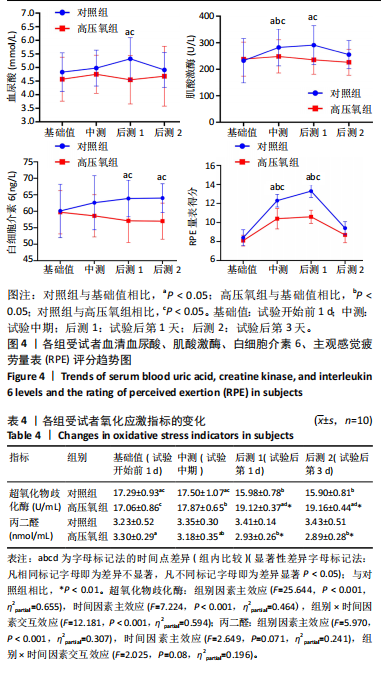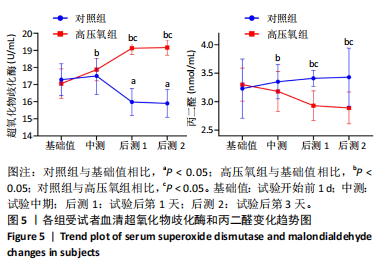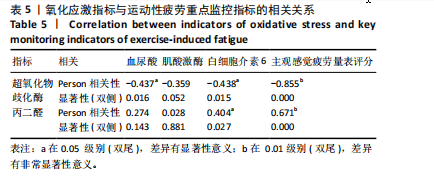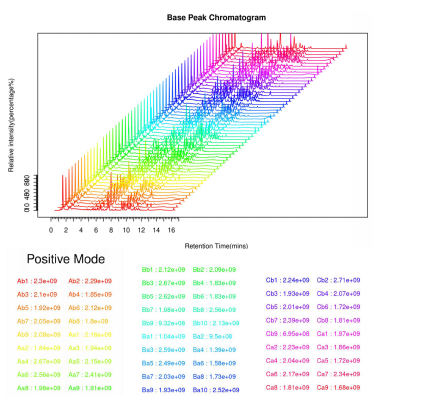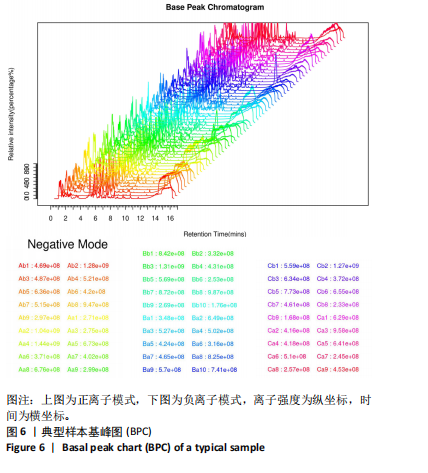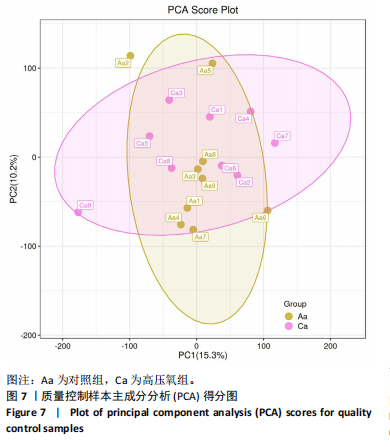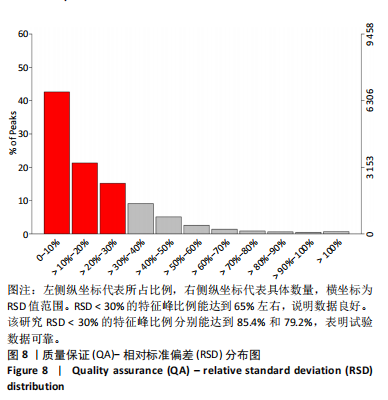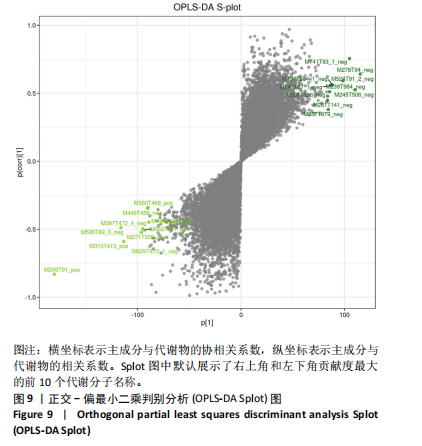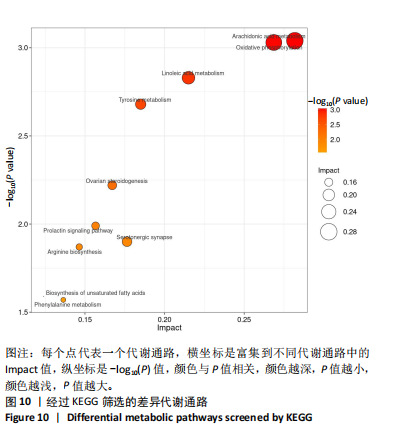[1] BUCHHEIT M, LAURSEN PB. High-intensity interval training, solutions to the programming puzzle. Part II: anaerobic energy, neuromuscular load and practical applications. Sports Med. 2013;43(10):927-954.
[2] MARTINS C, STENSVOLD D, FINLAYSON G, et al. Effect of moderate- and high-intensity acute exercise on appetite in obese individuals. Med Sci Sports Exerc. 2015;47(1):40-48.
[3] SU L, FU J, SUN S, et al. Effects of HIIT and MICT on cardiovascular risk factors in adults with overweight and/or obesity: A meta-analysis. PLoS One. 2019;14(1):e0210644.
[4] STÖGGL T, SPERLICH B. Polarized training has greater impact on key endurance variables than threshold, high intensity, or high volume training. Front Physiol. 2014;5:33.
[5] WAHL P, GÜLDNER M, MESTER J. Effects and sustainability of a 13-day high-intensity shock microcycle in soccer. J Sports Sci Med. 2014; 13(2):259-265.
[6] BREIL FA, WEBER SN, KOLLER S, et al. Block training periodization in alpine skiing: effects of 11-day HIT on VO2max and performance. Eur J Appl Physiol. 2010;109(6):1077-1086.
[7] ZINNER C, WAHL P, ACHTZEHN S, et al. Acute hormonal responses before and after 2 weeks of HIT in well trained junior triathletes. Int J Sports Med. 2014;35(4):316-322.
[8] RØNNESTAD BR, HANSEN J, ELLEFSEN S. Block periodization of high-intensity aerobic intervals provides superior training effects in trained cyclists. Scand J Med Sci Sports. 2014;24(1):34-42.
[9] RØNNESTAD BR, HANSEN J, THYLI V, et al. 5-week block periodization increases aerobic power in elite cross-country skiers. Scand J Med Sci Sports. 2016;26(2):140-146.
[10] MCGAWLEY K, JUUDAS E, KAZIOR Z, et al. No Additional Benefits of Block- Over Evenly-Distributed High-Intensity Interval Training within a Polarized Microcycle. Front Physiol. 2017;8:413.
[11] WIEWELHOVE T, FERNANDEZ-FERNANDEZ J, RAEDER C, et al. Acute responses and muscle damage in different high-intensity interval running protocols. J Sports Med Phys Fitness. 2016;56(5):606-615.
[12] WIEWELHOVE T, RAEDER C, MEYER T, et al. Effect of Repeated Active Recovery During a High-Intensity Interval-Training Shock Microcycle on Markers of Fatigue. Int J Sports Physiol Perform. 2016;11(8):1060-1066.
[13] TAKEMURA A, EDA N, SAITO T, et al. Mild hyperbaric oxygen for the early improvement of mood disturbance induced by high-intensity exercise. J Sports Med Phys Fitness. 2022;62(2):250-257.
[14] KHAMIS MM, ADAMKO DJ, EL-ANEED A. Mass spectrometric based approaches in urine metabolomics and biomarker discovery. Mass Spectrom Rev. 2017;36(2):115-134.
[15] ZELENA E, DUNN WB, BROADHURST D, et al. Development of a robust and repeatable UPLC-MS method for the long-term metabolomic study of human serum. Anal Chem. 2009;81(4):1357-1364.
[16] WANT EJ, MASSON P, MICHOPOULOS F, et al. Global metabolic profiling of animal and human tissues via UPLC-MS. Nat Protoc. 2013;8(1):17-32.
[17] THÉVENOT EA, ROUX A, XU Y, et al. Analysis of the Human Adult Urinary Metabolome Variations with Age, Body Mass Index, and Gender by Implementing a Comprehensive Workflow for Univariate and OPLS Statistical Analyses. J Proteome Res. 2015;14(8):3322-3335.
[18] XIA J, WISHART DS. Web-based inference of biological patterns, functions and pathways from metabolomic data using MetaboAnalyst. Nat Protoc. 2011;6(6):743-760.
[19] DUNN WB, BROADHURST D, BEGLEY P, et al. Procedures for large-scale metabolic profiling of serum and plasma using gas chromatography and liquid chromatography coupled to mass spectrometry. Nat Protoc. 2011;6(7):1060-1083.
[20] KO SF, CHEN KH, WALLACE CG, et al. Protective effect of combined therapy with hyperbaric oxygen and autologous adipose-derived mesenchymal stem cells on renal function in rodent after acute ischemia-reperfusion injury. Am J Transl Res. 2020;12(7):3272-3287.
[21] SANTOS SILVA LOPES J, MONTEIRO DE MAGALHÃES NETO A, OLIVEIRA GONÇALVES LC, et al. Kinetics of Muscle Damage Biomarkers at Moments Subsequent to a Fight in Brazilian Jiu-Jitsu Practice by Disabled Athletes. Front Physiol. 2019;10:1055.
[22] BARRANCO T, TVARIJONAVICIUTE A, TECLES F, et al. Changes in creatine kinase, lactate dehydrogenase and aspartate aminotransferase in saliva samples after an intense exercise: a pilot study. J Sports Med Phys Fitness. 2018;58(6):910-916.
[23] TESEMA G, GEORGE M, MONDAL S, et al. Effects of one week different intensity endurance exercise on cardiorespiratory and cardiometabolic markers in junior young athletes. BMJ Open Sport Exerc Med. 2019; 5(1):e000644.
[24] 李国印.高压氧对运动性疲劳大鼠血液生化指标的影响研究[J].江西科技师范大学学报,2019(6): 101-105.
[25] CHEN CY, CHOU WY, KO JY, et al. Early Recovery of Exercise-Related Muscular Injury by HBOT. Biomed Res Int. 2019;2019:6289380.
[26] BOUKHRIS O, TRABELSI K, ABDESSALEM R, et al. Effects of the 5-m Shuttle Run Test on Markers of Muscle Damage, Inflammation, and Fatigue in Healthy Male Athletes. Int J Environ Res Public Health. 2020; 17(12):4375.
[27] DUPUY O, DOUZI W, THEUROT D, et al. An Evidence-Based Approach for Choosing Post-exercise Recovery Techniques to Reduce Markers of Muscle Damage, Soreness, Fatigue, and Inflammation: A Systematic Review With Meta-Analysis. Front Physiol. 2018;9:403.
[28] LIAKOS CI, VYSSOULIS GP, MICHAELIDES AP, et al. The effects of angiotensin receptor blockers vs. calcium channel blockers on the acute exercise-induced inflammatory and thrombotic response. Hypertens Res. 2012;35(12):1193-1200.
[29] KASAI N, KOJIMA C, SUMI D, et al. Inflammatory, Oxidative Stress, and Angiogenic Growth Factor Responses to Repeated-Sprint Exercise in Hypoxia. Front Physiol. 2019;10:844.
[30] BARNETT A. Using recovery modalities between training sessions in elite athletes: does it help? Sports Med. 2006;36(9):781-796.
[31] MOGHADAM N, HIEDA M, RAMEY L, et al. Hyperbaric Oxygen Therapy in Sports Musculoskeletal Injuries. Med Sci Sports Exerc. 2020;52(6): 1420-1426.
[32] ESTON R. Use of ratings of perceived exertion in sports. Int J Sports Physiol Perform. 2012;7(2):175-182.
[33] SHIMODA M, ENOMOTO M, HORIE M, et al. Effects of hyperbaric oxygen on muscle fatigue after maximal intermittent plantar flexion exercise. J Strength Cond Res. 2015;29(6):1648-1656.
[34] POWERS SK, JACKSON MJ. Exercise-induced oxidative stress: cellular mechanisms and impact on muscle force production. Physiol Rev. 2008;88(4):1243-1276.
[35] VESKOUKIS AS, NIKOLAIDIS MG, KYPAROS A, et al. Effects of xanthine oxidase inhibition on oxidative stress and swimming performance in rats. Appl Physiol Nutr Metab. 2008;33(6):1140-1154.
[36] CHENG C, ZHANG J, LIU K, et al. Ginsenoside CK targeting KEAP1-DGR/Kelch domain disrupts the binding between KEAP1 and NRF2-DLG motif to ameliorate oxidative stress damage. Phytomedicine. 2023;119:154992.
[37] HAMADA K, VANNIER E, SACHECK JM, et al. Senescence of human skeletal muscle impairs the local inflammatory cytokine response to acute eccentric exercise. FASEB J. 2005;19(2):264-266.
[38] ROBINSON R, SRINIVASAN M, SHANMUGAM A, et al. Interleukin-6 trans-signaling inhibition prevents oxidative stress in a mouse model of early diabetic retinopathy. Redox Biol. 2020;34:101574.
[39] PENG Y, YANG Q, GAO S, et al. IL-6 protects cardiomyocytes from oxidative stress at the early stage of LPS-induced sepsis. Biochem Biophys Res Commun. 2022;603:144-152.
[40] HELMERSSON-KARLQVIST J, BJÖRKLUND-BODEGÅRD K, LARSSON A, et al. 24-Hour ambulatory blood pressure associates inversely with prostaglandin F(2α), interleukin-6 and F(2)-isoprostane formation in a Swedish population of older men. Int J Clin Exp Med. 2012;5(2):145-153.
[41] XIE F, XU L, ZHU H, et al. Serum Metabolomics Based on GC-MS Reveals the Antipyretic Mechanism of Ellagic Acid in a Rat Model. Metabolites. 2022;12(6):479.
[42] FINAUD J, LAC G, FILAIRE E. Oxidative stress : relationship with exercise and training. Sports Med. 2006;36(4):327-358.
[43] SACHECK JM, MILBURY PE, CANNON JG, et al. Effect of vitamin E and eccentric exercise on selected biomarkers of oxidative stress in young and elderly men. Free Radic Biol Med. 2003;34(12):1575-1588.
[44] YAGAMI T, YAMAMOTO Y, KOMA H. Physiological and Pathological Roles of 15-Deoxy-Δ12,14-Prostaglandin J2 in the Central Nervous System and Neurological Diseases. Mol Neurobiol. 2018;55(3):2227-2248.
[45] 薛珊珊.用代谢组学方法研究DNA甲基化对花生四烯酸代谢的影响及血管内皮激活的机制[D].天津:天津医科大学,2015.
[46] MARTINELLI N, GIRELLI D, MALERBA G, et al. FADS genotypes and desaturase activity estimated by the ratio of arachidonic acid to linoleic acid are associated with inflammation and coronary artery disease. Am J Clin Nutr. 2008;88(4):941-949. |
